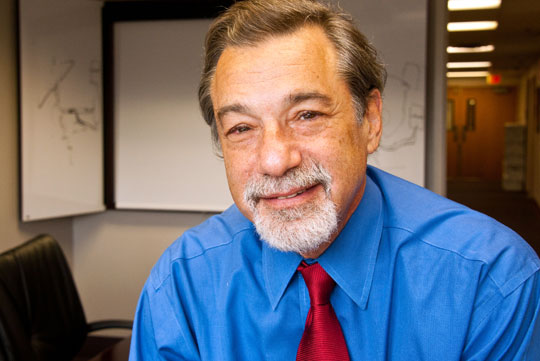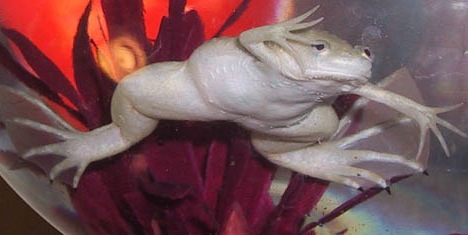Step One: Accident
By Peter LloydToo much credit is given to the accident half of civilization’s greatest discoveries and inventions. It takes at least one more step to turn an accident into life-enhancing thing like brandy, vulcanized rubber, radioactivity, Teflon, potato chips, saccharin, plastics, Ivory soap, North America, and the pacemaker—just get the long list started.
In every case, someone was working, often looking for something or inventing. More importantly, someone acted on the unexpected event that interposed itself. They raised their observation of the unexpected into a discovery or invention. The so-called happy accident comprised only the beginning, step one.
Mold and Frogs
In 1928 Alexander Fleming salvaged penicillin from an accidental contamination. Instead of throwing the accident away, he worked with the bacteria-killing mold that accidentally appeared in an unwashed petri dish. Sure enough, the invader also killed a number of other disease-causing bacteria.
 Soon however, we learned about the dangers of overusing antibiotic soaps, sprays, and prescription drugs. Then up hopped the African clawed frog, Xenopus laevis. In 1987 Dr. Michael A. Zasloff isolated two antimicrobial peptides called magainins from the frog’s skin after noticing how injured frogs failed to suffer infections inside bacteria-laden aquariums. Zasloff named the peptides magainin after the Hebrew word magain meaning “shield.”
Soon however, we learned about the dangers of overusing antibiotic soaps, sprays, and prescription drugs. Then up hopped the African clawed frog, Xenopus laevis. In 1987 Dr. Michael A. Zasloff isolated two antimicrobial peptides called magainins from the frog’s skin after noticing how injured frogs failed to suffer infections inside bacteria-laden aquariums. Zasloff named the peptides magainin after the Hebrew word magain meaning “shield.”He also found that bacteria did not seem to develop resistance to magainins. It has to do with their unique way of attacking bacteria.
In the presence of a cell membrane, rich in acidic phospholipids and poor in cholesterol, such as bacterial membranes, magainins twist into two-sided, spiral shaped molecules (helices), with one side soluble in the fat-like substance that comprise cell membranes and the other side soluble in water. Individual magainin peptides then aggregate and line up to form a channel in the membrane of a pathogen. Once formed, this aggregate punctures the cell membrane, breaks down the integrity of the cell and kills the pathogen.Wild Ideas
Mother Nature has solved every problem we humans could possibly encounter. Many of her solutions appear, often by surprise, in the wild—the animal kingdom as well as her flora and other natural wonders. Some scientists make a concerted effort to go searching for solutions in nature. The discipline is called biomimicry.
 So here’s to the African clawed frog and all the other critters that come with clues to great invention and discovery. That is, as long as they get the two-step by someone creative enough to pay attention to the unexpected.
So here’s to the African clawed frog and all the other critters that come with clues to great invention and discovery. That is, as long as they get the two-step by someone creative enough to pay attention to the unexpected.By definition unexpected phenomena precede all new-to-the-world inventions or discoveries. Which is why the greatest inventors, innovators, artists, and explorers pay special attention to the unexpected.
Peter Lloyd is co-creator with Stephen Grossman of Animal Crackers, the breakthrough problem-solving tool designed to crack your toughest problems.
Right Brain Workouts Explained
